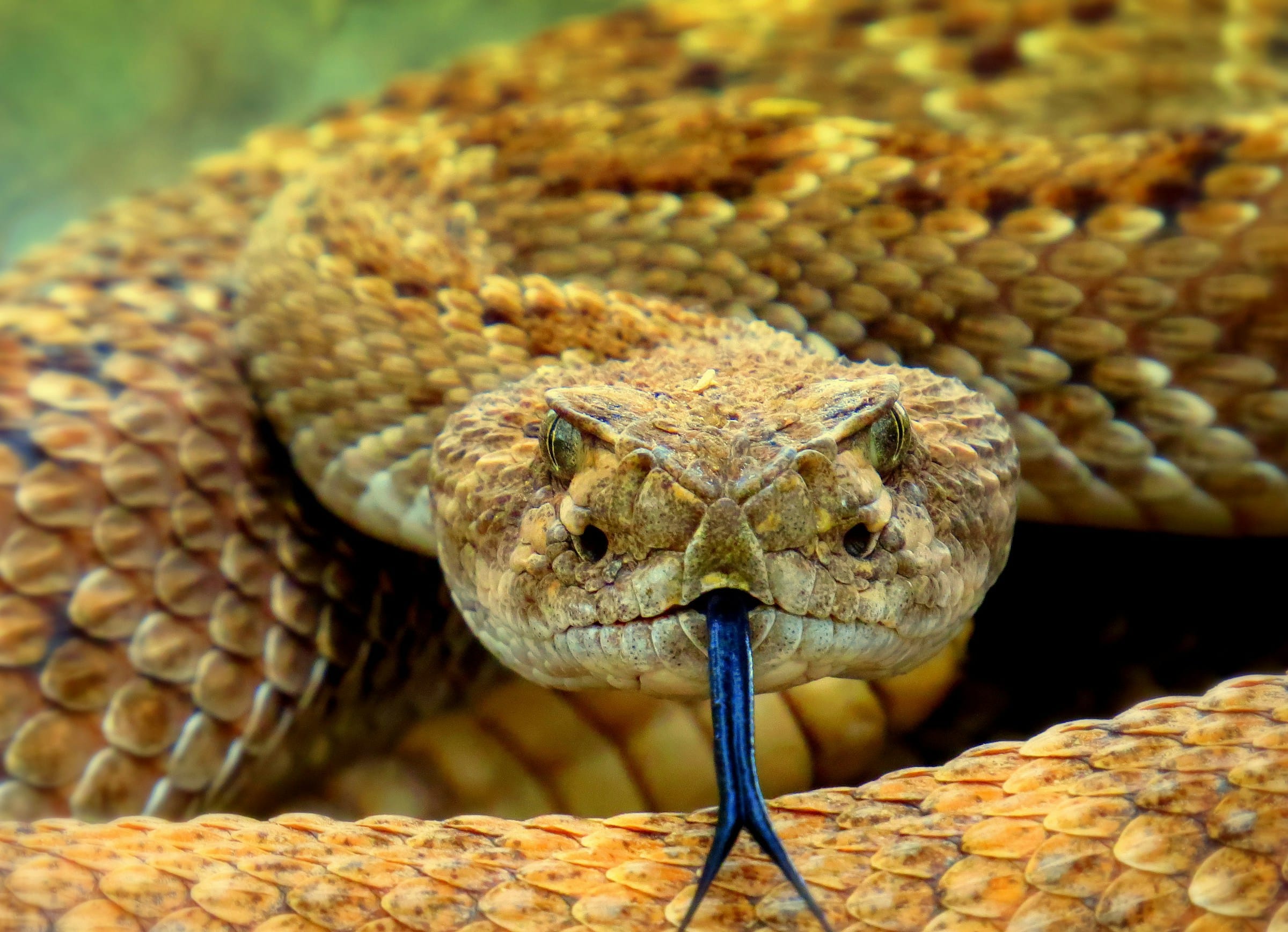As the temperatures start to drop and winter’s cold grip begins to take hold, it’s crucial for reptile owners to ensure their pets’ homes are adequately heated. Reptiles are ectothermic, meaning they rely on their environment to regulate their body temperature. This makes it paramount for you to provide a proper heat source in your pet’s enclosure, especially during the winter months when temperatures can plummet significantly. Let’s delve deeper into the best supplemental heat sources that can keep your reptile healthy and comfortable throughout the winter season.
Ceramic Heat Emitters
Starting off our discussion is the ceramic heat emitter, an effective solution that’s steadily gaining popularity among reptile owners.
A lire aussi : What Are the Top Rated Digestive Aids for Dogs with Chronic Gastrointestinal Issues?
Ceramic heat emitters, also known as CHEs, are non-light emitting heat sources perfect for nocturnal species. They generate long-wave infrared heat, creating a warm environment even on the coldest winter nights. Ceramic heat emitters are versatile, as they can be used in various types of enclosures, such as glass terrariums or wooden vivariums.
A critical aspect of using a ceramic heat emitter is to ensure it’s connected to a thermostat. This device will control the amount of heat released, preventing your reptile’s enclosure from becoming too hot and causing potential harm. Furthermore, CHEs are known for their durability and can last for several years, making them a cost-effective choice.
Cela peut vous intéresser : What Are the Essential Safety Measures for a Cat’s Outdoor Adventure Gear?
Under Tank Heaters
Next on our list are under tank heaters or UTHs, a popular choice for numerous reptile species.
Under tank heaters are heating pads that are placed beneath the tank or on the side wall of the enclosure. They provide a consistent heat source, perfect for species that enjoy basking or require belly heat. UTHs are an excellent option for terrestrial reptiles, such as leopard geckos, ball pythons, and corn snakes.
Like ceramic heat emitters, under tank heaters must also be connected to thermostats to regulate the heat output. This ensures a suitable temperature gradient is maintained in the enclosure, allowing your reptile to thermoregulate effectively. Remember, safety should always be your top priority when heating your pet’s enclosure.
Basking Bulbs
Moving on, let’s discuss basking bulbs, a staple in many reptile enclosures.
Basking bulbs are designed to replicate the sun’s heat, providing a concentrated heat source suitable for reptiles that enjoy basking, like bearded dragons or water dragons. They generate both heat and light, contributing to the overall well-being of your pet by facilitating their natural behaviors.
However, these bulbs should not be used as the sole heat source during winter. Basking bulbs are best used in conjunction with another heat source, such as a ceramic heat emitter or an under tank heater, to ensure your pet receives adequate heat throughout the enclosure.
Heat Tape
Now let’s shed some light on heat tape, a versatile heating solution often overlooked.
Heat tape is a thin, flexible strip that emits heat when connected to a power source. Its malleability makes it a favorite among reptile owners, as it can be tailored to fit the specific dimensions of your enclosure. It provides an even heat distribution, making it especially useful for rack systems housing multiple reptile enclosures.
Like other heating options, heat tape must be used in conjunction with a thermostat to regulate the temperature. This way, you’ll create a safe, warm habitat that caters to your reptile’s needs.
Radiant Heat Panels
Last but not least, let’s consider radiant heat panels, a high-end option for larger enclosures.
Radiant heat panels are installed on the ceiling of the enclosure and radiate heat downwards, replicating the way heat naturally descends from the sun. They’re a trusted solution for large, taller enclosures and are ideal for arboreal reptiles that climb and live off the ground like chameleons.
Radiant heat panels offer several benefits. They provide a gentle, ambient heat without light, making them suitable for both day and night use. They also operate at a safe surface temperature, reducing the risk of burns. However, their price point might be a deterrent for some pet owners, but their longevity and consistent performance make them a worthy investment.
Remember, the key to winter reptile care is maintaining a suitable temperature gradient in their enclosure. Monitor temperatures daily, and adjust as needed to maintain a hospitable and safe environment for your pet. With the correct setup and care, your reptiles will thrive, even in the depths of winter. Please ensure to consult with a reptile specialist or a trusted vet to choose the best heating solution for your specific reptile species and setting. Remember, each reptile is unique, and what works for one may not necessarily be the best for another.
Comparing Heat Sources
Comparing the different heat sources can help to pinpoint the most suitable choice for your specific needs and circumstances.
Ceramic heat emitters, basking bulbs, and radiant heat panels are excellent for providing ambient heat. These heat sources are versatile and can comfortably heat a variety of enclosure sizes and types. For example, CHEs and radiant heat panels are known for their efficacy in larger and taller enclosures. Basking bulbs, on the other hand, are great at replicating the sun’s heat and facilitating natural behaviors in reptiles that enjoy basking.
Under tank heaters and heat tape, meanwhile, are best suited for terrestrial reptiles and smaller enclosures. UTHs are particularly effective at ensuring consistent, belly heat, and are often preferred for reptiles such as leopard geckos, ball pythons, and corn snakes. Heat tape’s flexibility and ability to provide even heat distribution make it particularly useful in rack systems housing multiple reptile enclosures.
Regardless of the heat source you choose, remember to connect it to a thermostat to regulate the temperature and create a safe, warm habitat for your pet. It’s also important to note that some heat sources, like basking bulbs, should be used in conjunction with other heating options to ensure adequate warmth throughout the enclosure, particularly in winter.
Conclusion
As reptile owners, it’s our responsibility to ensure our pets are comfortable and healthy at all times. This includes providing them with an adequate heat source during the chilly winter months. Ceramic heat emitters, under tank heaters, basking bulbs, heat tape, and radiant heat panels are all excellent supplemental heat sources to consider. Each offers its own unique benefits and can be used to create a suitable temperature gradient in a reptile’s enclosure.
However, remember that each reptile is unique. What works for one may not necessarily be the best for another. It is crucial to understand the individual heating requirements of your reptile and modify their environment accordingly. Always monitor the temperatures daily and make adjustments as needed. With the right care and attention, you can ensure your pet thrives, even in the depths of winter.
Consulting with a reptile specialist or a trusted vet is a practical step to take when deciding on the best heating solution for your reptile. They can provide expert advice tailored to your pet’s specific needs and circumstances. The well-being of your pet should always be the top priority. With the right knowledge and care, you can build a safe and comfortable winter home for your pet.






